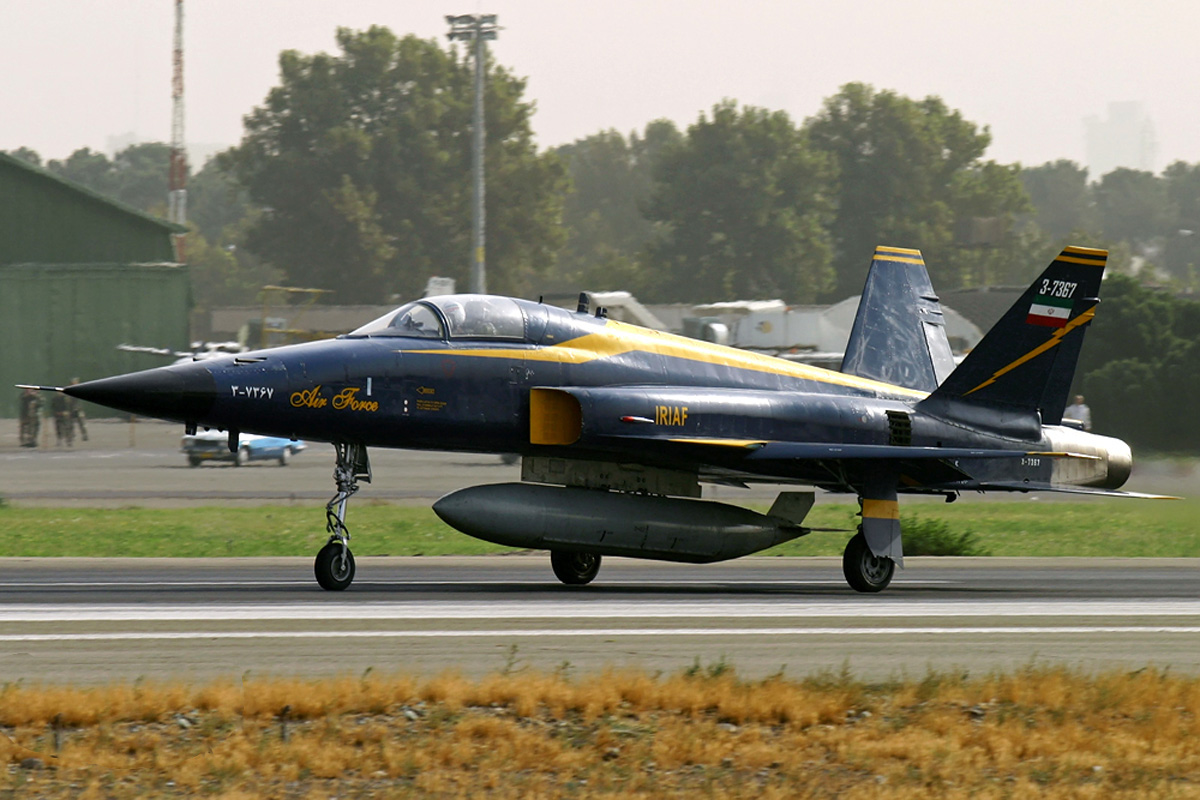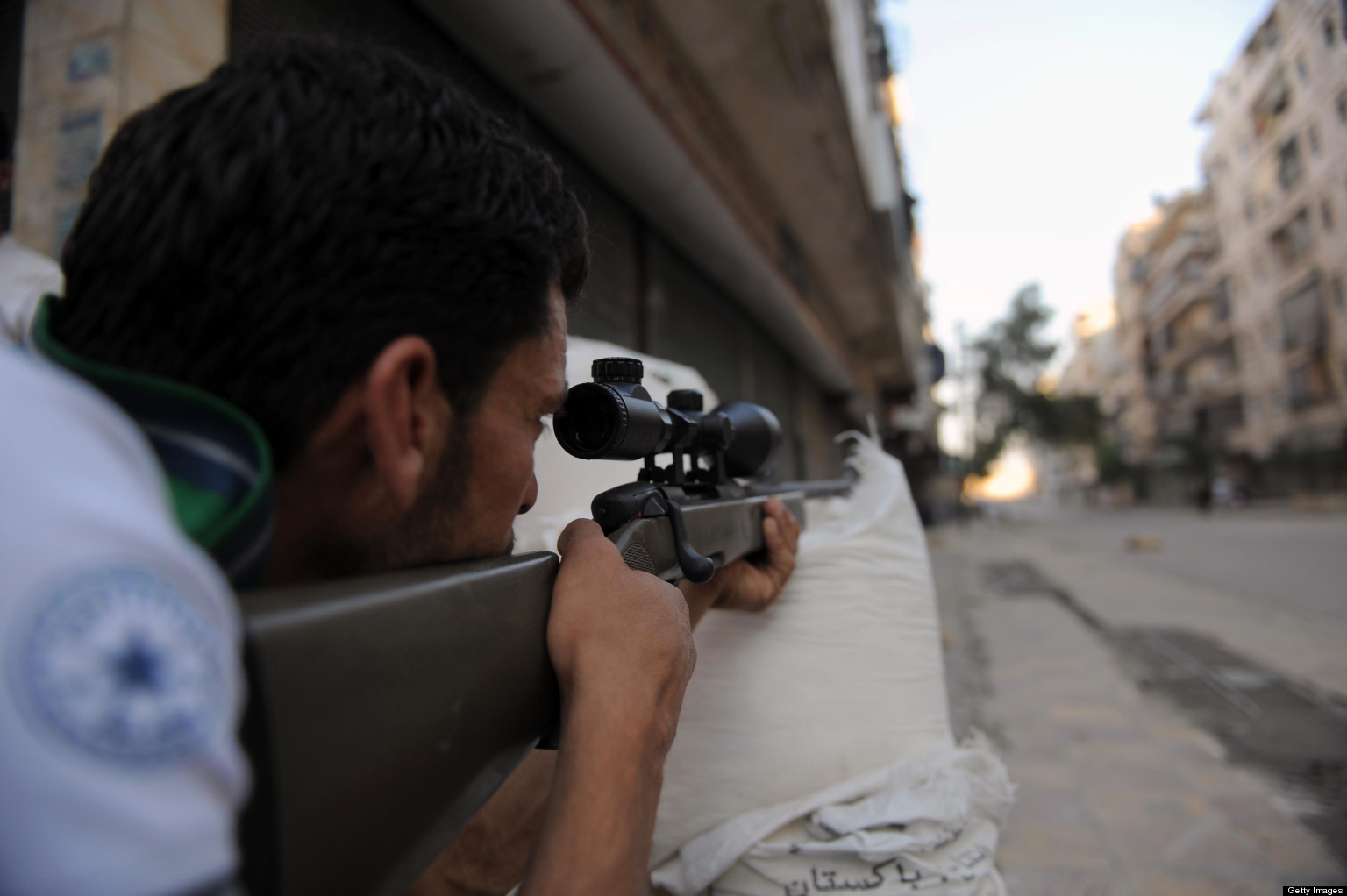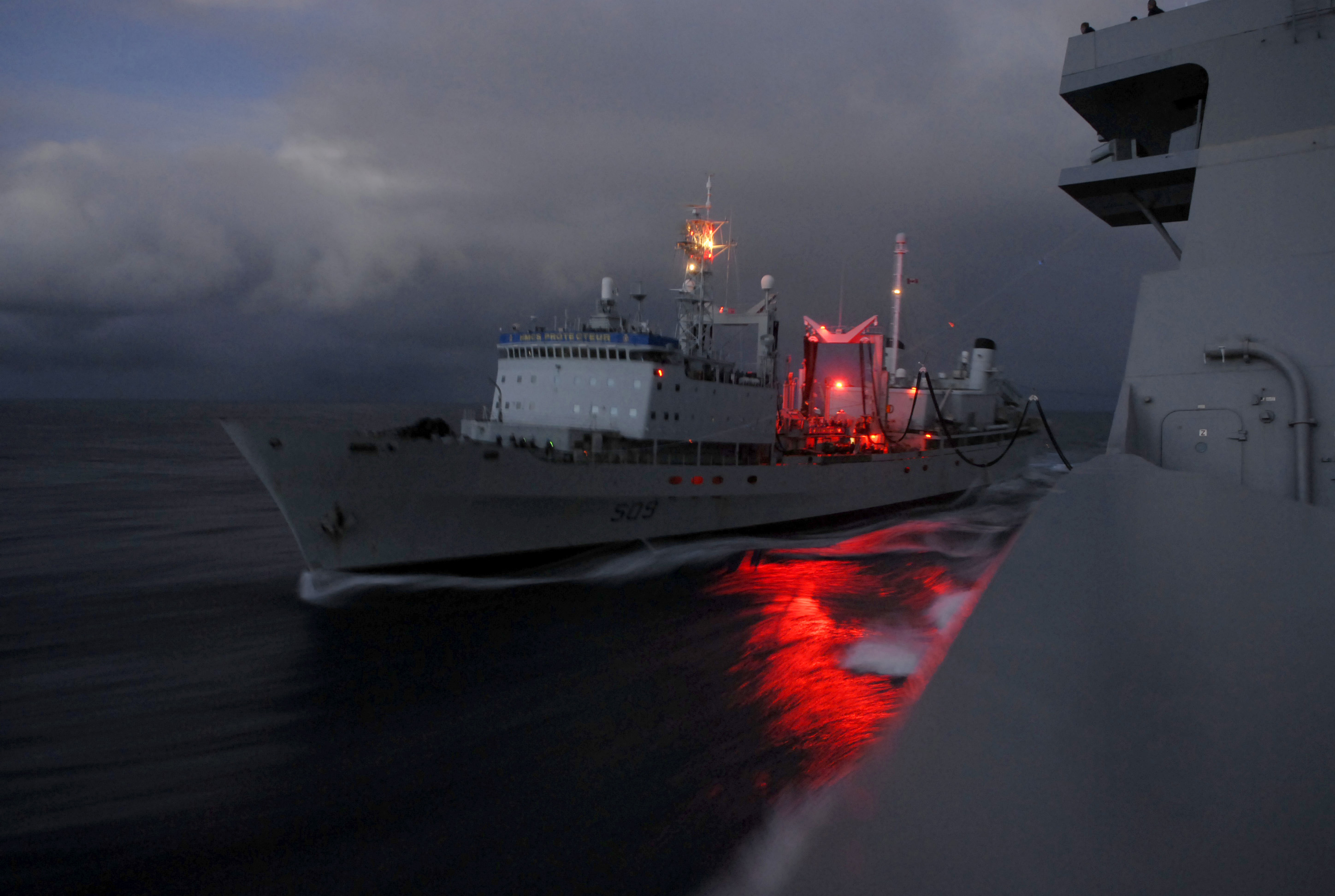Even as the Islamic Republic of Iran and the member states of the Gulf Cooperation Council rapidly develop their maritime capabilities, the Persian Gulf region is also on the cusp of a rapid development in air power. While Iran forges ahead with the domestic design and production of its own military equipment – including combat aircraft – nearly all the GCC states are considering bids from American and European aircraft manufacturers. The outcome of these bidding processes could have significant implications for the balance of power in the Gulf.
The United Arab Emirates is the furthest along in the process of upgrading its air force. In replacing its array of French-made Mirage 2000 fighters, the UAE will turn to the Eurofighter Typhoon, purchasing 60 of the combat aircraft from the United Kingdom as part of a broader defence cooperation deal between the two countries. In addition, the UAE has also formally requested an additional 25 F-16E/F Desert Falcon fighters from the American manufacturer Lockheed Martin. The UAE already has 79 of these fighters, some of which were deployed alongside NATO air assets during the 2011 conflict in Libya. If the Mirage is to be phased out completely, this will bring the UAE’s complement of fourth-generation combat aircraft up to 154 planes.
Qatar is also set to upgrade its aircraft. Originally, a final decision on the model was to be made by the end of 2013. However, due to bureaucratic delays at the US State Department, the competition process has been extended to allow American manufacturers to finalize their own bids. As such, Qatar’s future combat aircraft will not be determined until mid-2014. Up to 72 aircraft have been requested, which would significantly increase the size and capabilities of the Qatar Emiri Air Force, which currently operates only one Mirage squadron. Bids thus far received are for the Eurofighter Typhoon and the French-made Rafale; once American manufacturers are prepared to make their bids, F/A-18E/F or the F-15 are expected to join the competition.
The Eurofighter Typhoon is certainly becoming the most popular choice among the Gulf states. While the Rafale or an American model could certainly win out in the Qatari competition, the Typhoon has already been selected by Oman, Bahrain has expressed interest in acquiring twelve of the aircraft, and Saudi Arabia is considering an expansion of its already impressive Typhoon fleet. This is not to say that the United Kingdom has eclipsed the United States as the Gulf states’ aircraft manufacturer – after all, Saudi Arabia also purchased 84 new F-15 fighters from the United States in late 2011, and Kuwait has been mulling the procurement of a successor to its own F/A-18C/D fighters for sometime – but it is interesting to note the increasing prevalence of the Eurofighter Typhoon in the region.
Between the six GCC members, more than 220 combat aircraft are expected for delivery in the next few years. Once Qatar selects a model, this figure will significantly increase. With all this rapid expansion in GCC air power, what are Iran’s plans for the development of its own capabilities? Very little, apparently. In February 2013, Iran’s unveiling of a supposed stealth fighter was widely ridiculed as a ‘hoax’. The Qaher-313 was claimed to be a project under significant development, a triumph for Iran’s domestic manufacturing industry. But many experts asserted that the aircraft displayed at the Qaher-313’s unveiling was a fibreglass model, rather than an actual stealth fighter. The actual status of the project is unknown, and there is little information available as to the Qaher’s intended capabilities.
Nonetheless, Iran seems committed to developing its own weapons manufacturing industry. The HESA Saeqeh has met with much more success than the Qaher thus far. But this aircraft is largely derived from reverse-engineering the design of the American-made Northrop F-5. Originally introduced in 1962, the F-5 was largely retired by the US military in 1990, though it still sees some very limited use with the US Navy. As such, the Saeqeh is entirely third-generation fighter technology, whereas the GCC states have turned to sophisticated fourth-generation models for air power. Eight aircraft of this model have been completed thus far, with Iran expecting a total fleet of 24 aircraft in the coming years.
This focus on the Saeqeh seems to suggest an abandonment of Iran’s original experiment with domestic aircraft manufacture: the HESA Azarakhsh. Also based heavily on the F-5, full production of the Azarakhsh began in 2000. Originally planning to produce 30 aircraft by 2003, only 11 have thus far been built. With the introduction of the Saeqeh in 2007, it seems all production of the Azarakhsh has been halted. To this day, scant details are available regarding the Azarakhsh and its capabilities – or why production fell so far short of targets.
Fibreglass fakes and third-generation fighters have left Iran at a strategic disadvantage, especially as the GCC member states are turning increasingly to large numbers of advanced fourth-generation combat aircraft. Considering the focus Iran has placed on modernizing its maritime forces, the lack of attention paid to its air force is puzzling and will no doubt have implications for the regional balance. When it comes to air power, there is a growing gulf in the Gulf.




